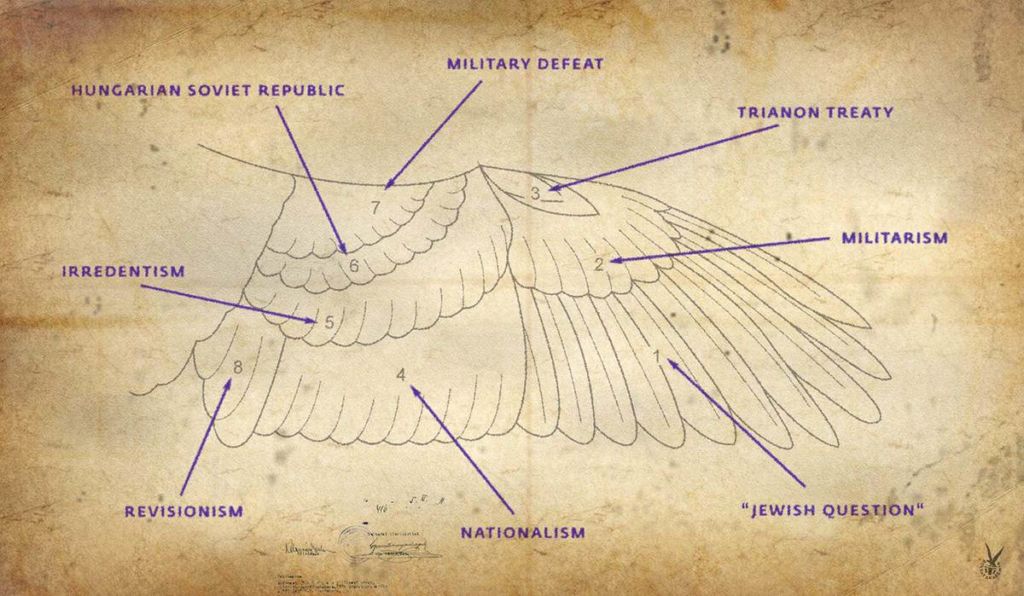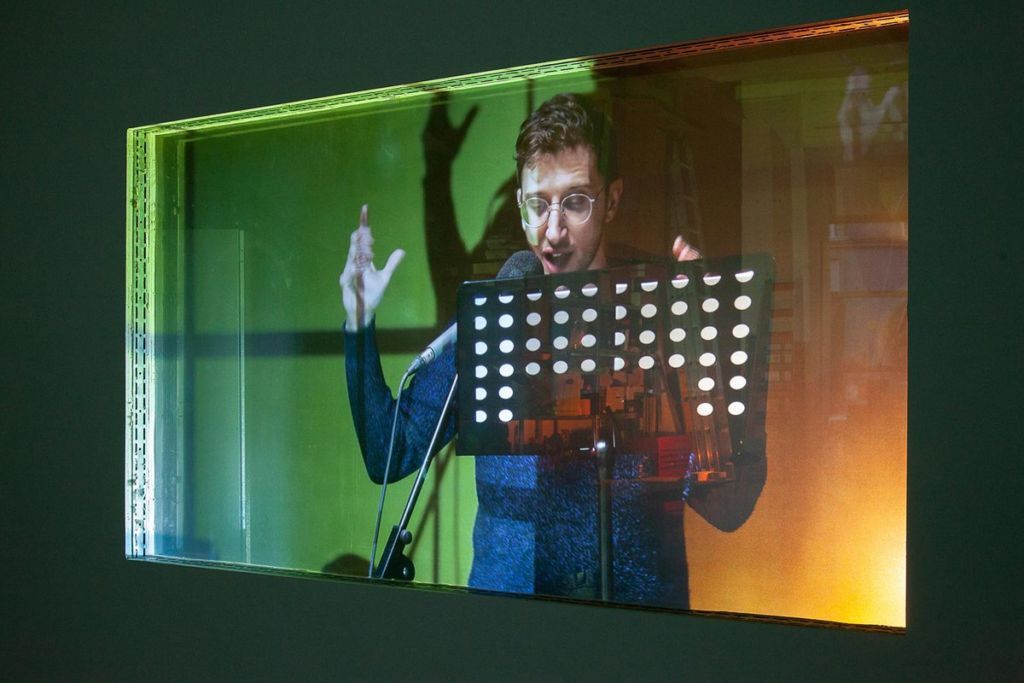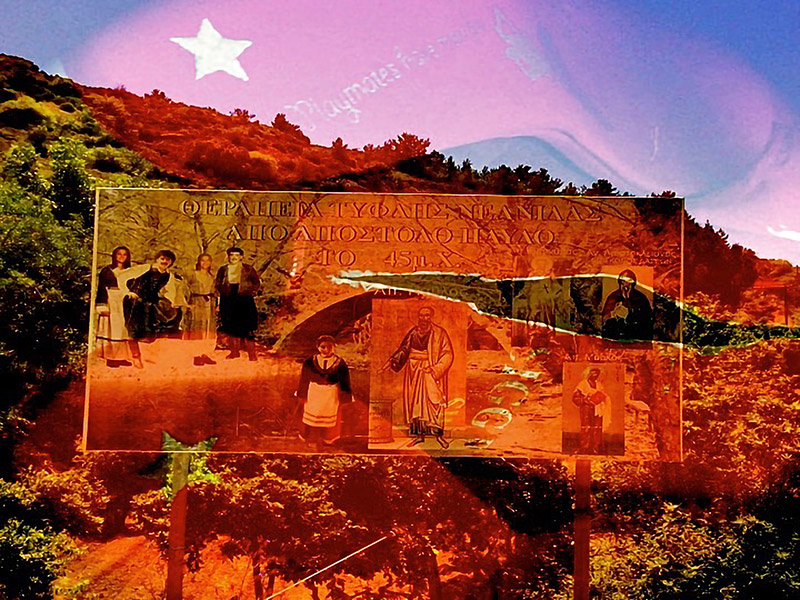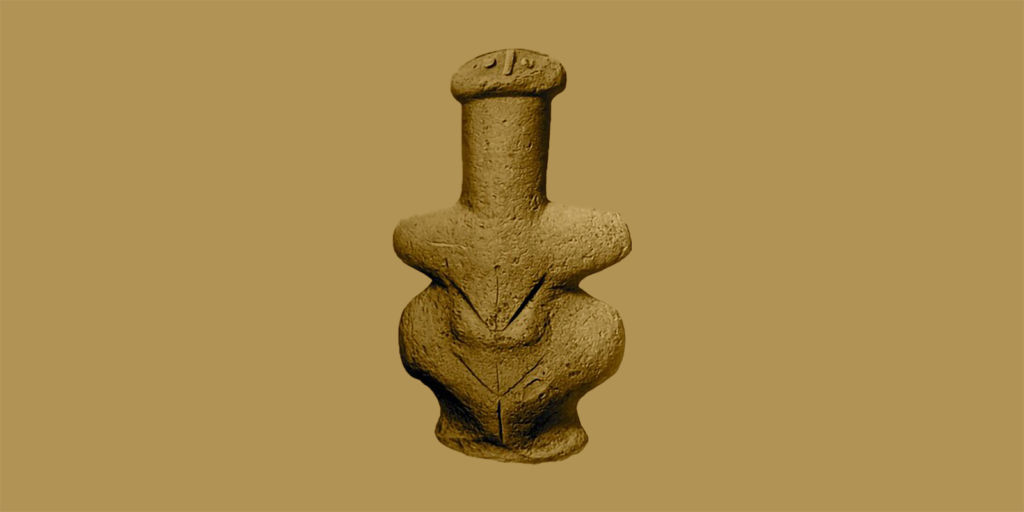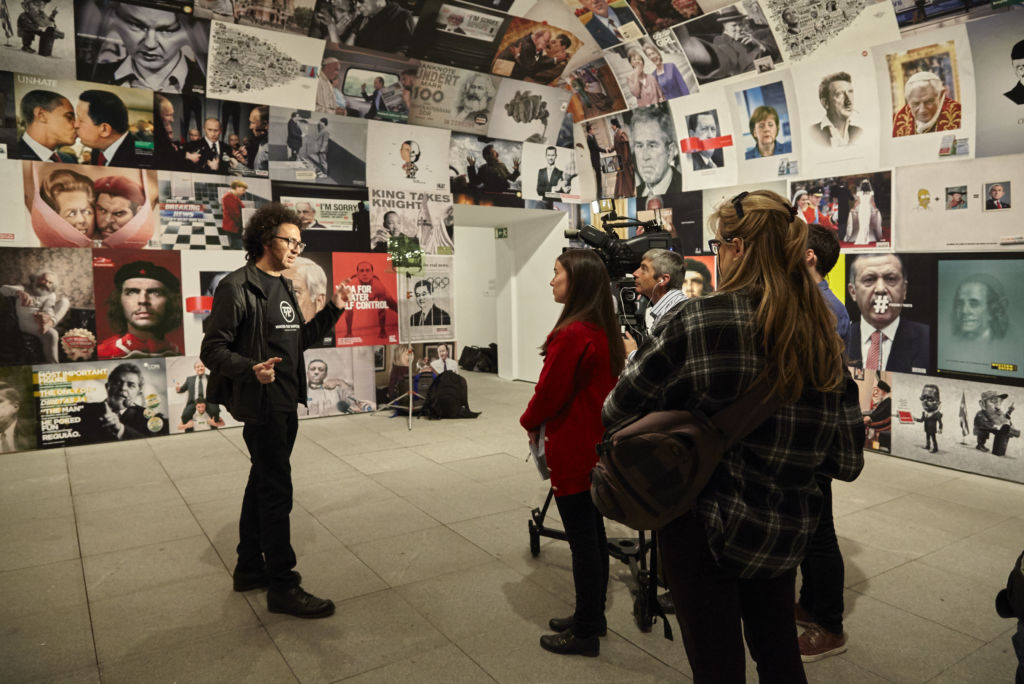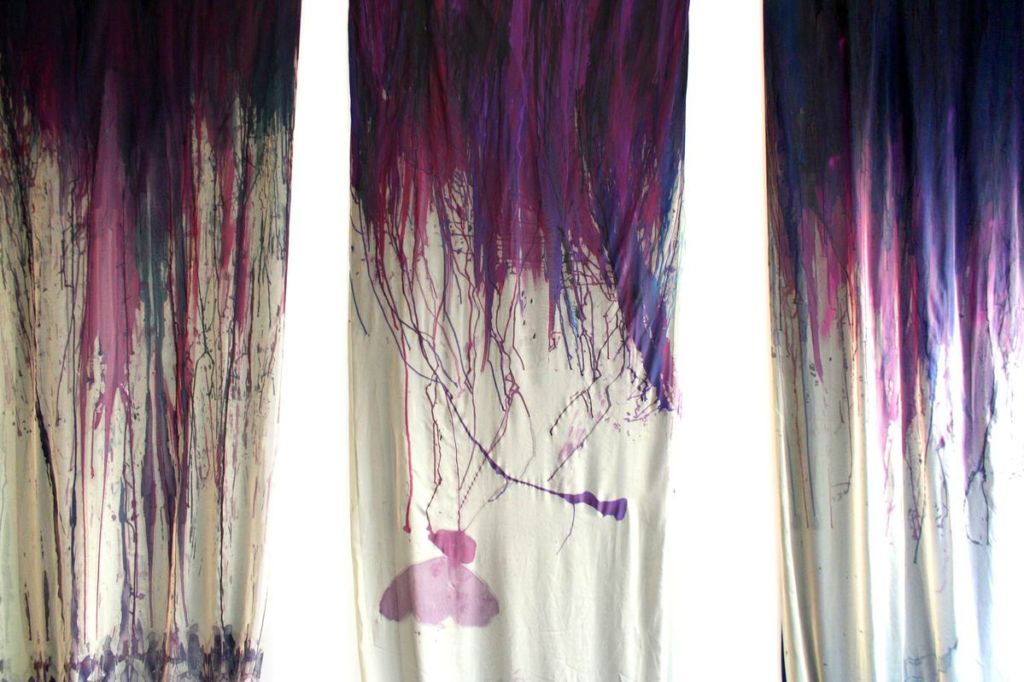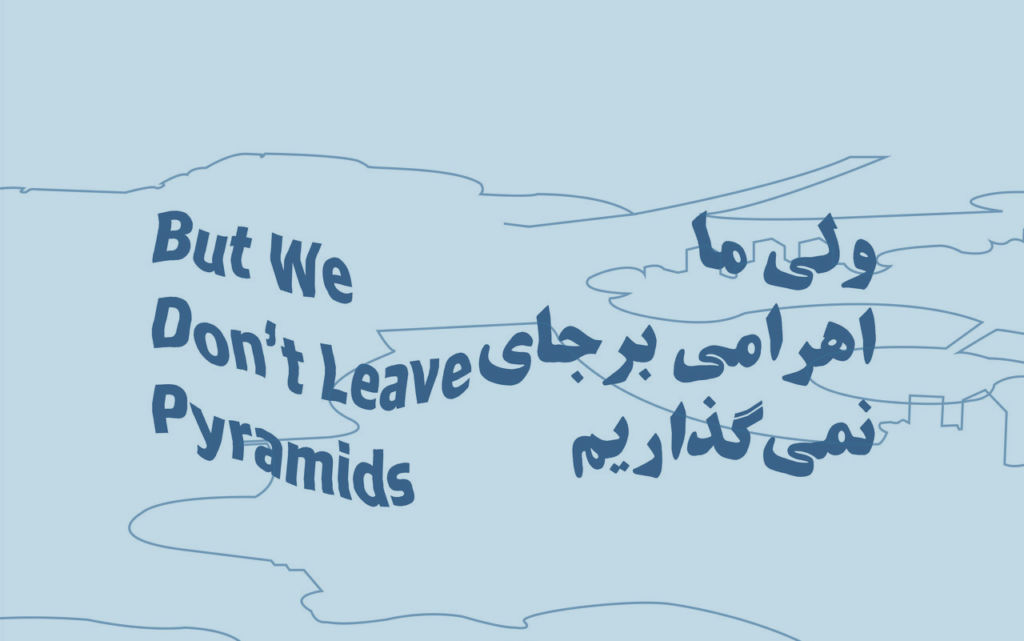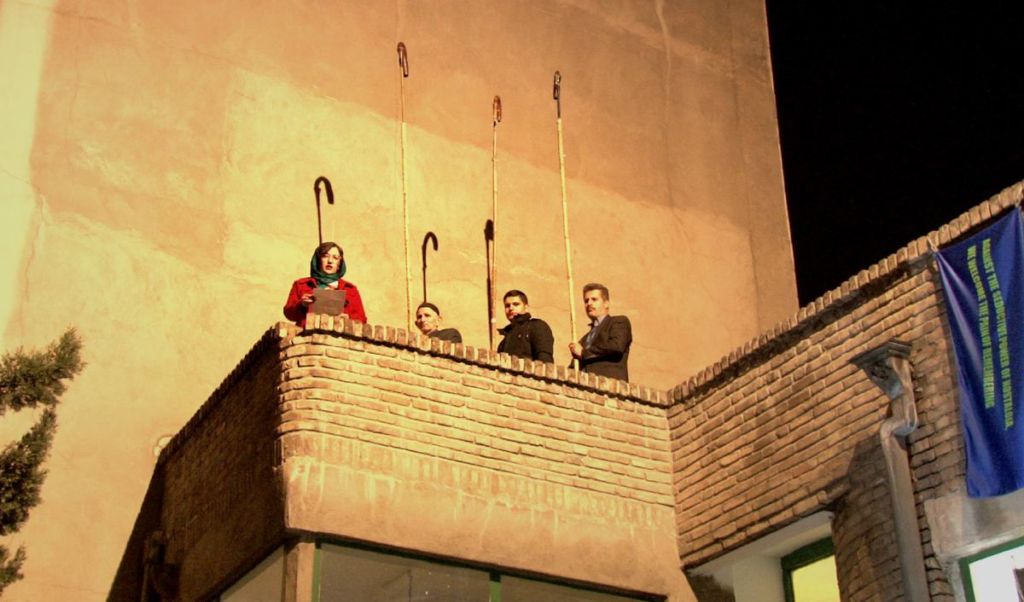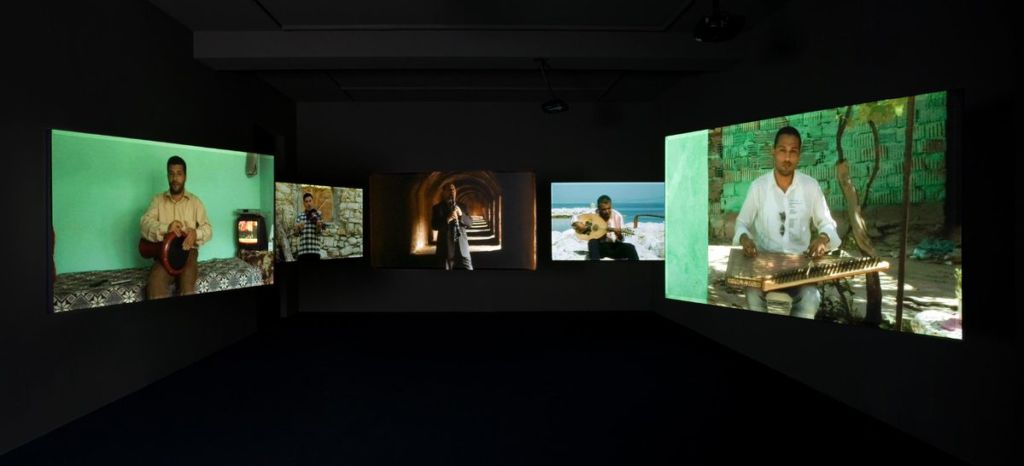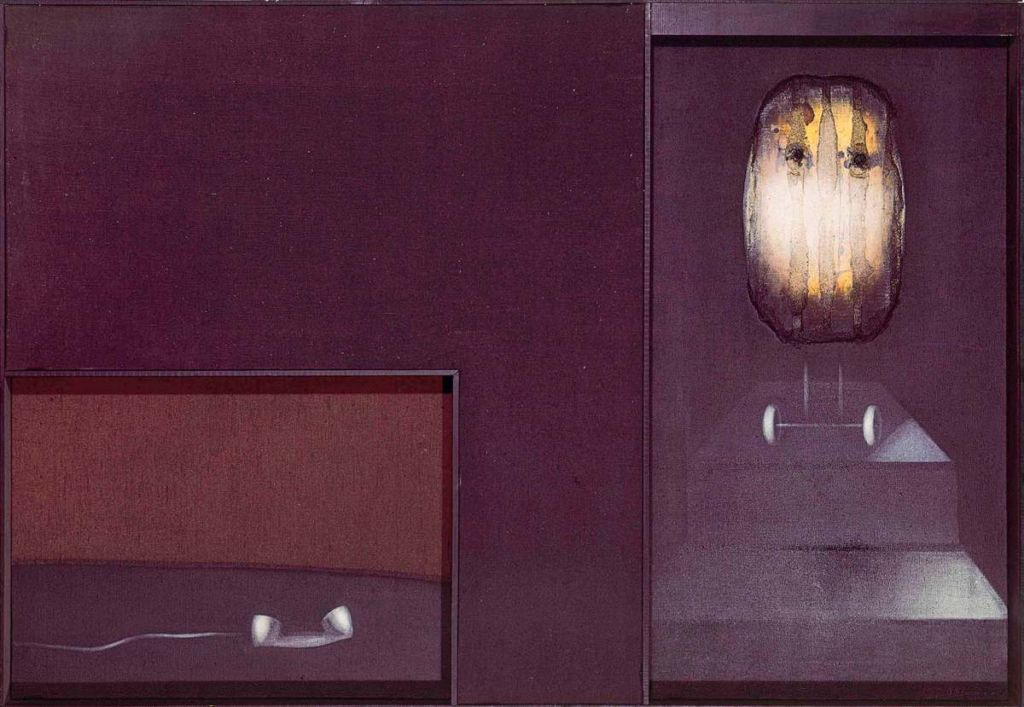Anti-Social Social Club: Episode One, The Chamber of the Dispossessed, Thursday 15 June 2017, 7pm. On the initiative of artist Ève Chabanon, around forty people gathered in the council chamber at the town hall of Barking and Dagenham, a borough of outer East London. For one evening, this highly symbolic site, usually closed to the public, welcomed local and non-local residents, members of the Women’s Institute, students form the local Eastbury Community School, artists, a poet and a local councillor. The aim of the Anti-Social Social Club was to create a fictional temporary coalition—that of the dispossessed—and show the fragility of the democratic apparatus through a performative debate. The evening was led by moderator and performance artist Chloe Cooper, who invited the assembled guests to talk about themes that are especially binary and divisive such as: dependence (on money, authority, others) and independence (in finances and thought); difference and the suspicion of difference (do we identify with cultural and social “others”, or do we fear them?); social and economic inclusion and exclusion; states of emergency and the gentrification of the city by art. Although the moderator’s contributions were prepared, the coalition’s replies were mostly improvised. However, several tools were used to give direction and unity to this coalition, which would ultimately, in a more or less voluntary way, accept the light-hearted sense of play sought by Ève Chabanon.
The White House, a house that the borough is leasing to the organisation Create London free of charge for twenty-five years, offers residencies to two artists every three or six months, and its Front Room is open to local residents for various free cultural and social activities.
https://www.theguardian.com/artanddesign/2015/aug/23/remade-in-dagenham-how-arts-celebrate-boroughs-industrial-heritage
The programme is available at: https://www.bbc.co.uk/programmes/b08gxndc [accessed 22 May 2018].
Young, I, M, Justice and the Politics of Difference, Princeton, N.J., Princeton University Press, 1990, p. 184.
Ibid, p. 227.
Ibid, p. 227.
Fraser, N, Rethinking the Public Sphere: A Contribution to the Critique of Actually Existing Democracy, Durham, Duke University Press, 1990, p. 67.
Lefebvre, H, The Production of Space, Oxford, Blackwell, 1991, pp. 33 & 39.
Gieseking, J.J. and Mangold, W (eds), The People, Place, and Space Reader, New York, Routledge, 2014, p. 286.
An hour-and-a-half coalition
The evening began with exercises: voice warm-ups, saying the words “anti”, “social” and “club” in unison, camera tests. This is ostensibly a matter of testing the sound and cameras for documentary purposes, but in reality these exercises served to probe the group’s ability to see itself as a collective, to synchronise and be as one. Resorting to scheming and entertainment was also another way to establish complicity between the participants and erase their differences if necessary. Participants were asked to bring sunglasses, and these were briefly taken out of their bags during the photo tests. Now the coalition existed thanks to the photographic document, the participants united by wearing sunglasses indoors.
Once they had taken their seats, everyone found in front of them a golden envelope containing, as they later discovered, a pencil and some texts; including an extract from Fred Moten’s poem “The Gramsci Monument” (2014), or a montage of Donald Trump’s inaugural address mixed with words spoken by Bane in the Batman saga The Dark Knight Rises (2012)—which Trump has been accused of plagiarising. Throughout the evening, the moderator asked the participants to read these texts aloud, theatrically if possible. No questions were asked; the art of rhetoric was what took precedence. The participants were surprisingly—and, it seemed, knowingly—malleable; they knew they were actors and therefore played the whole participation game uninhibitedly, spurred on by the moderator’s enthusiastic encouragement. Then halfway through, she added an element to the scenario that put the coalition to the test: since the “dispossessed” had arrived in the council chambers, zombies had taken control of the city…
Facilitator: […] Did somebody leave and then come back again? I can see you on the balcony. You. You left on the countdown, didn’t you? And now you want to come back in.
Male: Can I?
Facilitator: Well, can he? What do we think, people of the Chamber of the Dispossessed? It’s not only him. He’s found some other people. So he left us, admittedly before the zombie apocalypse, but it is now the zombie apocalypse. And he’s found some other people who aren’t zombies who want to come in here with us. Who are these people? What are they like?
Male: Funnily enough, they’re exactly the same number and exactly the same gender and they look exactly like you, each one of you.
Facilitator: Wow. Okay. So, it’s up to you. Should we let them in?
[…]
Female: I don’t think we should let them in, because if there’s something wrong with them…
Facilitator: Nice. You’ve got something. Say again.
Female: There might be something wrong with him…
Facilitator: If they look exactly like us.
Female: They might be suspicious, because they might be a different version of us.
[…]
Female: [They can’t come in] if they’re going to come and drink our water. They’ve got to bring some stuff. If they’ve got food, they can come.
Facilitator: Okay. So, we’re going to check to see if they’ve got food?
Female: Yes. If they’re going to rely on us, we don’t want them.
Facilitator: Okay. Wow, okay. Any other ideas? So, we need to make sure…? Yes.
Female: Suppose it’s crazy out there and they have nowhere else go. Are we just going to say, “No, we can’t let them in”? You know?
Facilitator: Good question.
Female: Can you do that to them, if they look just like us?
Facilitator: Yes. Does that make it harder, that they look just like us?

Ève Chabanon, Anti-Social Social Club: Episode One, The Chamber of the Dispossessed, 2017. Photo credit: Gyte Gavenaite.
Art and gentrification
Anti-Social Social Club: Episode One, The Chamber of the Dispossessed grew out of Ève Chabanon’s residency at the White House1 in Barking and Dagenham from January to June 2017. The residency had been set up three months earlier by Create London, an organisation that self-describes as existing “to explore the ways artists can contribute to the lives of people in cities2.
The former industrial borough of Barking and Dagenham was the site of a Ford factory that employed 40,000 people prior to closing and relocating in 2013. In 2015, a survey ranked Barking and Dagenham first on a list of the worst places to live in Great Britain: it was the area with the highest unemployment and burglary rates3. Added to this is the fact that the men who perpetrated the London Bridge attacks in June 2017 were from that area. In spite of all, over the past five years it has been attracting developers, because although it is a fair distance from the centre of London, it is well-connected by public transport, and in consequence of its poor reputation (or thanks to it), housing prices are still low there. This is why the noose is tightening around social housing, which is in the process of disappearing, not only in this district but throughout the country.
When Ève Chabanon arrived, the residency’s first two artist had just left. Chad McCail had created a pantomime in collaboration with a group of local residents, and Patrick Goddard had made a video on how locals in Barking and Dagenham perceived the presence of artists in their neighbourhood. McCail’s project was received positively by residents as a chance to develop artistic stills (costume making, set construction, scriptwriting, etc.) and meet new people in the context of a group activity. Goddard’s, however, received some rather sharp criticism. It was accused of promoting the role of the missionary, gentrifying artist, which is precisely what he had sought to counter, but without implementing a rigorous artistic and critical strategy.
It was in this climate between curiosity and mistrust that Ève Chabanon started developing her ideas. During her conversations with users of the Front Room and with Christina Ford—the other artist-in-residence, a longstanding local who was doing a project with a group of disadvantaged single mothers—the subjects of the housing crisis and economic and social dispossession kept coming up. Even though local residents have welcomed the White House as a place that generates social connections, they also recognise it as a tool serving cultural policies that are supporting and facilitating the gentrification of their district. In the Front Room, Ève Chabanon organized a retrospective of films directed by Ken Loach, who explores social and economic violence in Great Britain. The first film to be screened along with a meal and an informal discussion was I, Daniel Blake, which won the Palme d’Or at the 2016 Cannes Festival. It tells the story of a man’s descent into hell when he is unable to work and his support allowance is withdrawn. Daniel Blake, and also Cathy—the protagonist of Ken Loach’s legendary drama Cathy Come Home (1966)—run up against bureaucratic injustice in 1966 and 2016 respectively, when governmental choices were being made that generated poverty and the housing crisis. It is from the highly emotional discussions on that evening at the White House that the idea of the coalition of the dispossessed was given rise.
Publics and democracy
A few weeks later in Barking and Dagenham, Ève Chabanon participated in a discussion broadcast on BBC radio with philosopher Michael Sandel, author of Liberalism and the Limits of Justice (1982). The subject of the discussion, “Would life be better if robots did all the work?4 “, was inspired by Barking and Dagenham’s industrial past. The BBC asked those who wanted to take part in the discussion to visit its website and state their gender, postcode, religion and socioeconomic situation, with a view to assembling a diverse audience. The programme was recorded at a local school. It was preceded by a free glass of wine for participants, followed by magic tricks and then some jokes from a warm-up comedian who finally made way for Michael Sandel. He explained the structure of the discussion, then launched it with the following question: “Could a robot do your job as well as you? How many say yes and how many say no?” Various people took the floor, directed by the philosopher’s questions, which were variously condescending or demagogic. Then at a certain point, Sandel made the following suggestion:
“There are two different ways of losing a job: to a robot or to a person willing to do that job for less—whether that’s a person who lives overseas in a place with low wages or whether it’s a recent immigrant. If you lost your job, which would make you angrier? Losing your job to a robot or losing your job to a person willing to do that job at a lower wage?”
The discussion brought out class tensions, which are so pervasive in England, and revived the polemics of Brexit, which was won by the segments of society least heeded by MPs (in Barking and Dagenham, 62.4% voted in favour of Brexit). Sandel’s questions cynically manipulated the idea of a democratic public that wants everyone to have the right to be included and heard, regardless of their cultural, social or economic affiliations. Or according to the definition offered by political theorist and feminist Iris Marion Young, “a democratic public should provide mechanisms for the effective recognition and representation of the distinct voices and perspectives of those of its constituent groups that are oppressed or disadvantaged5”. Although so-called oppressed or dispossessed people were in fact represented in the discussion—often singled out as those who admit preferring to lose their job to a robot rather than to lower-paid workers—they were openly pointed out by the BBC, which is known for not representing the working class in Great Britain, aside from depicting it in a contemptuous light. Directly inspired by this unsettling experience, Anti-Social Social Club: Episode One, The Chamber of the Dispossessed emulated the pitfalls of a democratic discussion and demonstrated how easily the expression of difference can be censured, regardless of the form it assumes or where it is directed.

Ève Chabanon, Anti-Social Social Club: Episode One, The Chamber of the Dispossessed, 2017. Photo credit: Gyte Gavenaite.
Difference without exclusion
In her essay City Life and Difference (1990), Iris Marion Young makes reference to Michael Sandel and the way he contrasts liberalism with communitarianism, which he conceives as an alternative to the former. In her view, the communitarian ideal, by aiming to unite people around shared experiences and values, “denies and represses social difference6 Young instead advocates:
“an ideal of city life as a vision of social relations affirming group difference. As a normative ideal, city life instantiates social relations of difference without exclusion. […] If city politics is to be democratic and not dominated by the point of view of one group, it must be a politics that takes account of and provides voice for the different groups that dwell together in the city without forming a community7”.
The specificity of the discussion organized by the BBC was that it assembled an audience intended to be diverse, while rejecting difference. What was most memorable was how the opinions of the dispossessed were presented to middle-class listeners (who make up the vast majority of the BBC’s audience) in such a way as to make them seem like nonsensical justifiers of events as pathetic as Brexit. This resulted in a discussion that was provocative, populist and classist, in which every voice ended up being crushed and amalgamated into Michael Sandel’s rhetoric. Conversely, Anti-Social Social Club endeavoured to construct what theorist and feminist Nancy Fraser calls “subaltern counterpublics”. The objective, Fraser explains, is to represent marginalized interests in the public sphere and “help expand discursive space8”. By negotiating the use of the council chamber in Barking and Dagenham’s town hall for an event, and by venturing into the ambiguous territory between belonging and exclusion, Ève Chabanon symbolically propelled a small portion of the population, including its most invisibilised members, into the political sphere.

Ève Chabanon, Anti-Social Social Club: Episode One, The Chamber of the Dispossessed, 2017. Photo credit: Gyte Gavenaite.
Anti-Social Social Club: Episode One, The Chamber of the Dispossessed remains a one-and-a-half-hour performance involving around forty people. As such, it was more of a framework and a metaphor than an actual coalition of the dispossessed. A metaphor that, let us not forget, borrowed the codes of the democratic public and deliberately replicated its pitfalls. Through this exercise of fictionalised appropriation, Anti-Social Social Club echoed the third proposition of the tripartite production of space conceived by philosopher Henri Lefebvre in his book The Production of Space (1991 [1974]). In it, Lefebvre makes a distinction between: 1. representations of space; 2. spatial practice; 3. representational spaces; that is to say perceived space, conceived space and experienced space. We will only stop for a moment on the most relevant of the three, namely representational spaces. According to the author, these express:
“complex symbolisms […], linked to the clandestine or underground side of social life, as also to art […]. This is the dominated—and hence passively experienced—space which the imagination seeks to change and appropriate. It overlays physical space, making symbolic use of its objects.9”.
Queer theorist and cultural geographer Jen Jack Gieseking stresses the tendency of representational spaces to:
“dissolve the social relations of abstract space and generate new, heterogeneous relations that accentuate difference and shatter the integrity of the individual body, the social body … and the corpus of knowledge10”.A single episode of a future series for the time being, Anti-Social Social Club: Episode One, The Chamber of the Dispossessed invited us to experience indignancy by means of entertainment, and to prefer the promises of difference without exclusion, as proposed by Iris Marion Young. As for the participants, they became the skilful defenders of this proposition, promulgating the idea that a public made up of representatives of multiple groups can divert the trajectory and composition of political space.
Translation by Matthew Cunningham
Cover: Ève Chabanon, Anti-Social Social Club: Episode One, The Chamber of the Dispossessed, 2017. Photo credit: Gyte Gavenaite.
Bibliographical References
Fraser, N, Rethinking the Public Sphere: A Contribution to the Critique of Actually Existing Democracy, Durham, Duke University Press, 1990
Gieseking, J J and Mangold, W (eds), The People, Place, and Space Reader, New York, Routledge, 2014
Lefebvre, H, The Production of Space (trans. Donald Nicholson-Smith), Oxford, Blackwell, 1991.
Michael Sandel, Le Libéralisme et les limites de la justice, Paris, La Découverte, 1999
Young, I M, Justice and the Politics of Difference, Princeton, N.J., Princeton University Press, 1990

